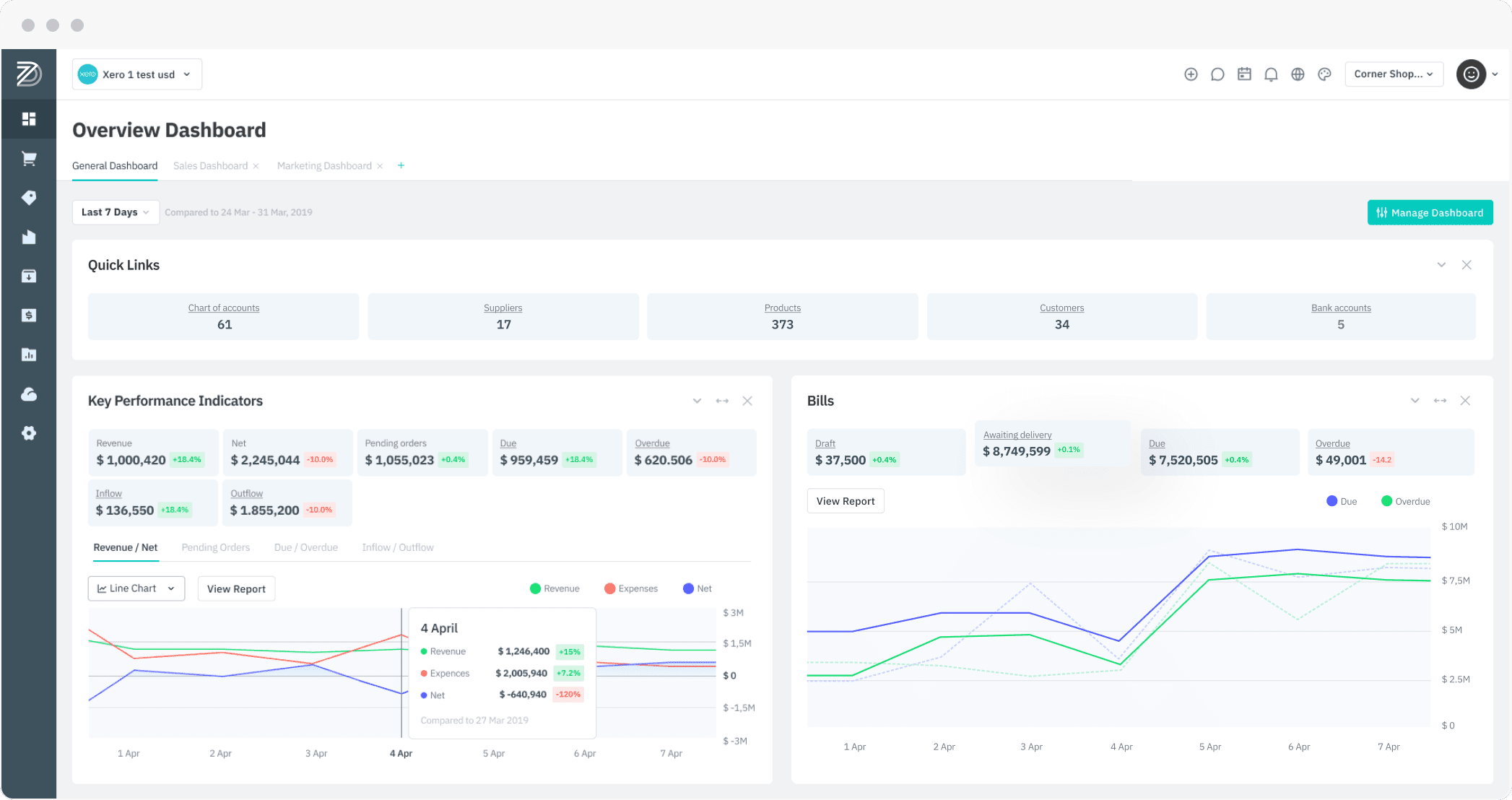
Save time and costs with a just-in-time inventory management system
Just-in-time (JIT) inventory was developed in post-world war II Japan when the country had few resources, little money, and high unemployment.
It helped Toyota become one of the dominant car manufacturers in the world by making every step of the production process as “lean” as possible by eliminating overproduction, obsolete stock, and wasted time.
By the mid 80’s, the concept of just in time inventory was being tested by American companies with excellent results.
In 1983, Omark Industries – which produced chainsaws, ammunition, and log loaders – saved itself an estimated $7 million in inventory carrying costs with its own version of JIT called ZIPS (Zero Inventory Production System).
Use of just-in-time inventory continued to grow through to the 90’s…
In 1999, Daman Products reported in a case study a 97% reduction in cycle times, 50% reduction in setup times, lead times dropped from 4-8 weeks to 5-10 days, and their flow distance was reduced by 90%.
Today, just-in-time inventory can be observed in places like fast food restaurants, where all the ingredients for a burger are kept ready – but a burger is only made the moment it’s ordered, or on-demand publishing, where a master manuscript is kept ready – but a book isn’t printed until a customer order comes through.
To help you fully understand the power and potential of just-in-time inventory, we’re going to concretely define it, look at some of its benefits and drawbacks, and give you some principles and practices on how to implement it into your own production process.
What is Just-In-Time Inventory and How Does It Work?
Just-in-time inventory is simply making what is needed, when it’s needed, in the amount needed.
Many companies operate on a “just-in-case” basis – holding a small amount of stock in case of an unexpected peak in demand.
JIT attempts to establish a “zero inventory” system by manufacturing goods to order; it operates on a “pull” system whereby an order comes through and initiates a cascade response throughout the entire supply chain – signaling to the staff they need to order inventory or begin producing the required item.
While a just-in-time inventory system is not easy to create, the benefits are worth the extra effort.
Benefits of Just-In-Time Inventory
When first trying to implement just-in-time inventory, you’ll notice that you’ll find mistakes throughout the production process which are made more obvious when you try to make your system more efficient.
After some initial trial and error, you’ll begin reaping at least a few of the benefits listed below.
- Minimize costs such as rent and insurance by reducing your inventory
- Less obsolete, out-dated, and spoiled inventory
- Reduce waste and increase efficiency by minimizing or eliminating warehousing and stockpiling, while maximizing inventory turnover
- Maintain healthy cashflow by ordering stock only when necessary
- Production errors can be identified and fixed faster since production happens on a smaller, more focused level, allowing easier adjustments or maintenance on capital equipment
Even though just-in-time inventory offers high rewards, it also brings with it high risks. If you want the benefits, you’re should know what the potential drawbacks could be.
Drawbacks of Just-In-Time Inventory
The risks associated with just-in-time inventory should be seriously considered before implementing a JIT inventory plan for your company.
Below is a list of problems you may run into when you adopt this policy of lean manufacturing and production.
- Stockouts due to sudden changes in market demand when you don’t have excess inventory
- Vulnerability to alterations in your supply chain which could disrupt your business operations if you don’t have backup options
- More stockouts could occur if there is a breakdown in communication within the business, or between the business and the rest of the supply chain
- Lack of control over order fulfillment due to a dependency on your supplier’s timeline – potentially delaying how quickly your customer receives their order
- Increased need for planning and precise processes – which, if you don’t setup correctly, could cause a major loss in revenue after only a few errors.
Some of these risks will depend on your industry and the volatility of whatever market you’re serving. But, all of these risks pose serious threats to the longevity and profitability of your business.
However, they’re only risks.
If you think the benefits outweigh them, then let’s take a look at how you can start implementing a just-in-time inventory management system.
How do you Implement Just-In-Time Inventory
Creating and implementing a just-in-time inventory management system will depend in large part on the size and complexity of your business and industry.
Below, we’ve listed some common principles and practices which will give you a better idea of what’s required for a high-functioning JIT inventory system.
- Develop a strong relationship with your suppliers – and possibly an exclusive agreement regarding stock quantity and delivery time period – to ensure consistency in your supply chain
- Find a long-term supplier for each purchased part who delivers small batches according to your long-term purchasing forecast
- Work on shortening the production cycle first to make room for shortening the materials cycle (this helps mitigate the problem of late deliveries when first implementing just-in-time inventory)
- Separate your repetitive business from your one-stop orders and develop a special production method for your repetitive orders – using particular machines for particular tasks and processes, separated by order frequency
- Institute or improve your quality-control program to manage and solve manufacturing problems that inevitably reveal themselves when implementing just-in-time inventory
These action steps are just some of the things you should consider doing when making the switch from just-in-case to just-in-time inventory.
The actual steps you’ll take will once again depend heavily on your unique business and its needs.
However, if you haven’t already, there’s a crucial first step you will want to take before officially implementing a JIT strategy.
Do This Before Implementing Just-In-Time Inventory
Just-in-time inventory requires a great level of planning and insight.
You need to be able to understand and track customer demands, market trends, and sales numbers.
Essentially, you should know everything possible about your inventory – how much you need to buy, when it will arrive, how often it sells, etc.
Excel spreadsheets aren’t going to cut it if you want to optimize your business processes for lean performance.
To operate an efficient, effective, and profitable just-in-time inventory system, you’re going to need to…
Upgrade Your Inventory Management System to Reap the Benefits of JIT
Our cloud-based inventory management system can deliver up-to-the-minute reports, automate your tracking, and integrate with all your sales channels. You’ll know when you need to order more inventory, what times of year you experience spikes in demand, and how to organize and coordinate the rest of your supply chain.
Start your free 14-day trial of DEAR Inventory today!
No Credit Card Required






